When it comes to science fair projects, it can be difficult to help your kids find balance. Too often, kids want to take on something that takes TOO much time and resources! While other kids may go for projects that have been done time and time again, and provide little to no challenge for them. Ta, da… Introducing our list of easy science fair projects with simple tips to help make your kid’s science fair project a big success this year!
ELEMENTARY SCIENCE FAIR PROJECT IDEAS
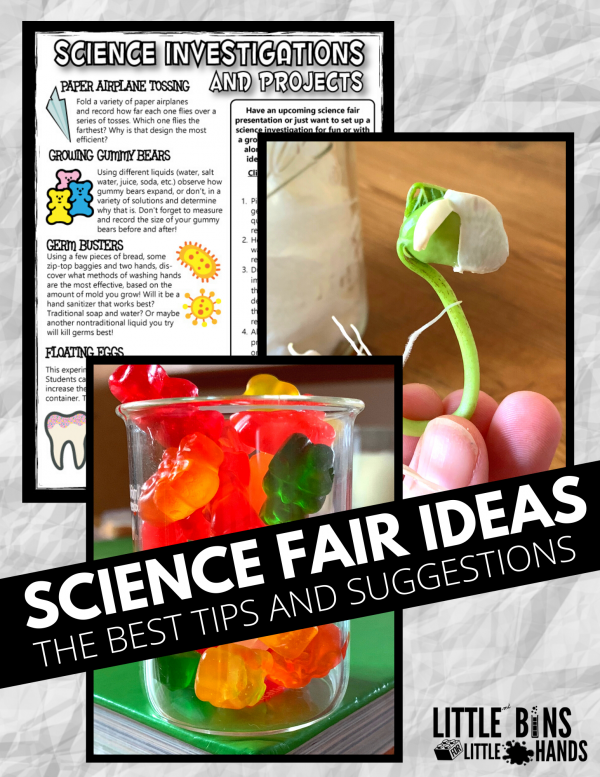
HOW TO CHOOSE A SCIENCE FAIR PROJECT
We know that you are looking for a fast and easy science fair project that is also cool! Below you will find simple tips for how to choose the best science fair project, as well as some unique and super easy science fair project ideas.
Also check out our science fair board ideas!
These science fair projects really don’t require a ton of supplies. Most can be completed with items you can find around the house. Instead you will find interesting and fun ideas that are suitable for kindergarten, to elementary and older.
BONUS RESOURCES
Make sure to read up on the engineering design process, scientific method for kids and the best science and engineering practices explained. These processes of asking questions, collecting data, communicating results etc. will be invaluable as a framework for a science fair project.
START WITH A QUESTION
Science fair projects are at their core problem-based learning. You start with a great question that attempts to solve a problem. The best questions can’t be answered just by searching for answers online but rather with experiments and results.
Effective questions include questions asking about causes and effects. For example, “What effect does changing how often I water have on plant growth?”
Questions that focus on causes and effects make for realistic and achievable science fair projects and lead to tangible and easy-to-interpret results.
Grab this FREE Science Fair Project Pack to get started today!
EXAMPLES OF QUESTION-BASED SCIENCE FAIR PROJECTS
Click on the titles below for more information about each project, including a supplies list and step-by-step instructions.
WHY DOES A VOLCANO ERUPT?
The homemade volcano science fair project is a classic baking soda and vinegar chemistry demonstration that simulates an erupting volcano. While a real volcano doesn’t erupt in this manner, the chemical reaction makes an appealing demonstration that can further be explained in the results and conclusion phase. This is both a question and research-based project!
WHAT MILK IS BEST FOR THE MAGIC MILK EXPERIMENT?
Turn this magic milk activity into an easy science fair project by investigating what happens when you change the type of milk used. Explore other varieties of milk including reduced-fat milk, heavy cream, and even non-dairy milk!
HOW DOES WATER AFFECT SEED GERMINATION?
Turn this seed germination jar into an easy science fair project by exploring what happens to seed growth when you change the amount of water used. Set up several seed germination jars to observe and record growth, depending on how much water you add to each jar.
HOW CAN YOU MAKE A RUBBER BAND CAR TRAVEL FURTHER?
Turn this STEM challenge into an easy science fair project by coming up with a few modifications to your LEGO rubber band car design to test. Alternatively, you could explore whether changing the size of the rubber bands make a difference to how far your car travels.
WHY DO LEAVES CHANGE COLOR IN THE FALL?
Explore why leaves change color in the fall with this easy leaf chromatography experiment you can do at home. Learn more about why leaves change color.
HOW QUICKLY DO SKITTLES DISSOLVE IN WATER?
A bit of research, and a bit of fun playing with skittles in water with this colorful science fair project idea. Investigate how long it takes for skittles candy to dissolve in water and set up an experiment to compare water to other liquids.
WHAT MAKES ICE MELT FASTER?
Conduct your own ice melting experiments and investigate what solids added to ice will make it melt faster.
Get more great tips and science project ideas here!
HOW DO YOU STOP APPLES TURNING BROWN?
Create an easy apple science project with this apple oxidation experiment. Investigate what stops apples from turning brown. Does lemon juice work the best or something else?
DOES COLOR AFFECT TASTE?
The taste buds on your tongue help you interpret flavors to identify different foods. Your other senses also play a role in this experience! Smells and visual stimuli tell our brains what we are eating.
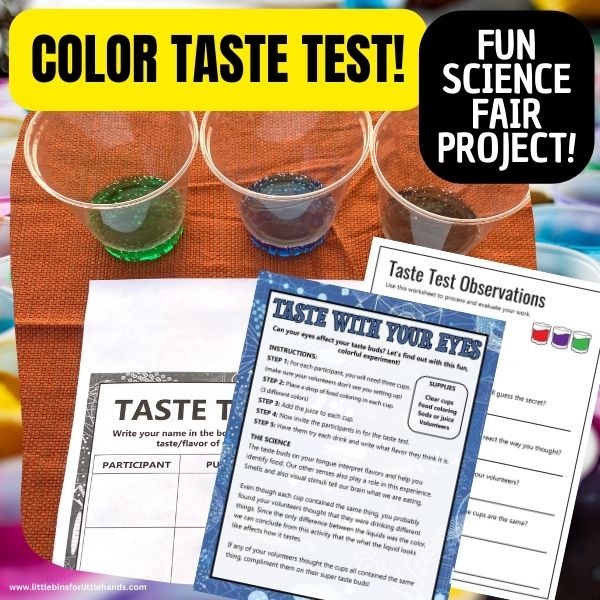
FOCUS ON RESEARCH
The best science fair projects often start with research about the main concepts and background. Generating a question is important, but finding information on the topics in the science projects is just as worthwhile.
You cannot just expect kids to know how to do research. Instead teach them how to choose keywords for their topic, and how to search them online. Focus on words that answer who, what, where, and when of the topic.
Remember that searching a complete question can limit results. Instead of searching “What does the frequency of watering have on plant growth?”, your kids will do better to search “plants and water consumption”.
Using the library to research a science project is also an important skill. Teach kids how to use the library to find books related to their topic as well as research databases that their school subscribes to.
Remind them that the purpose of research is to build background on their topic and find out how to conduct experiments. They should still complete the project on their own and not copy what others have done.
EXAMPLES OF RESEARCH-BASED SCIENCE FAIR PROJECTS
HOW WATER TRAVELS THROUGH A PLANT
Research how plants move water from the ground to their leaves and what plant structures are important for this process. Then use this color-changing leaf activity to explore capillary action in leaves for an easy science fair project.
TORNADO SCIENCE PROJECT
Research what a tornado is and how they are formed with this easy weather science fair project. Then make your own tornado in a bottle.
WATER CYCLE SCIENCE PROJECT
Find out about the water cycle, what it is and how it works. Learn about where rain comes from and where it goes. Then create your own simple model of the water cycle within a bottle or a bag.
COLLECTION-BASED SCIENCE FAIR PROJECTS
Another way to put together a science fair project is with a collection such as a mineral collection or a shell collection.
The big picture of putting together this type of science project is in the labeling. How do you label a collection? That’s the key to success! Labeling helps you to quickly identify each item and important facts can also be recorded. You may choose to put a simple number on an item and then create a corresponding card with the correct information.
CHOOSE INEXPENSIVE MATERIALS
Encourage your kids to choose science project materials that are easily available at school or home. There is no reason to buy expensive electronics or chemicals for a science project.
Experiments can be done with water, plastic bottles, plants, food coloring, and other easy-to-use and find materials at home. Inexpensive science project materials are everywhere. See our list of must-have STEM supplies for more ideas!
EXAMPLES OF SCIENCE PROJECT IDEAS
PULLEY SCIENCE PROJECT
Create a hand crank winch from recycled materials you have at home with this easy simple machine project for kids.
Also, check out our engineering activities for more things you can make from inexpensive supplies!
CATAPULT SCIENCE PROJECT
Build a catapult from inexpensive materials like Popsicle sticks and rubber bands. Investigate how far different weights will travel when flung from your catapult.
EGG DROP SCIENCE PROJECT
Investigate what household materials protect a dropped egg from breaking. For this egg drop project, all you need are eggs, plastic zip-top bags, and your choice of materials from around the house.
Kids can create easy science fair projects when they know how to formulate questions, focus on research, and find affordable and accessible materials. Give kids time to research, experiment, and present their amazing project ideas to show their scientific expertise!
Wanting to know what to put on a science fair board? Check out our science fair board ideas!
MORE EASY SCIENCE FAIR PROJECT IDEAS
SUGAR CRYSTALLIZATION SCIENCE PROJECT
EDIBLE LIFE CYCLE OF A BUTTERFLY PROJECT
EGG IN VINEGAR SCIENCE PROJECT
Printable Science Projects Pack
Includes an expanded Science Fair Project Pack with Experiments!
If you’re looking to grab all of our printable science projects in one convenient place plus exclusive worksheets and bonuses like a STEAM Project pack, our Science Project Pack is what you need! Over 300+ Pages!
- 90+ classic science activities with journal pages, supply lists, set up and process, and science information. NEW! Activity-specific observation pages!
- Best science practices posters and our original science method process folders for extra alternatives!
- Be a Collector activities pack introduces kids to the world of making collections through the eyes of a scientist. What will they collect first?
- Know the Words Science vocabulary pack includes flashcards, crosswords, and word searches that illuminate keywords in the experiments!
- My science journal writing prompts explore what it means to be a scientist!!
- Bonus STEAM Project Pack: Art meets science with doable projects!
- Bonus Quick Grab Packs for Biology, Earth Science, Chemistry, and Physics


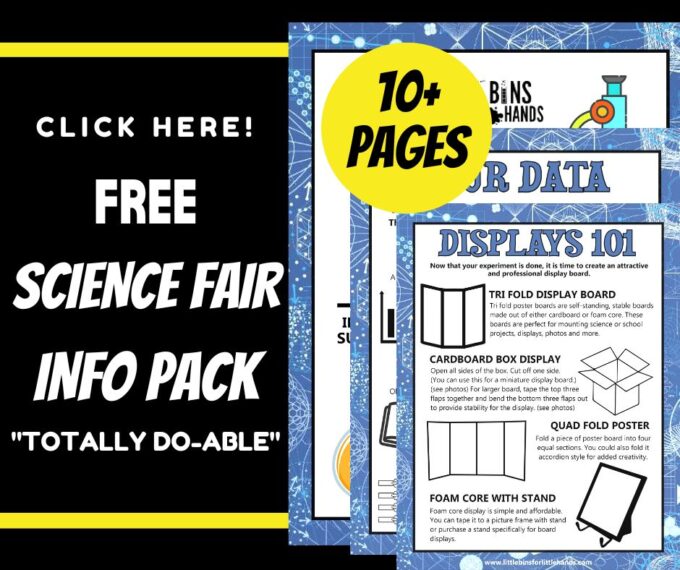

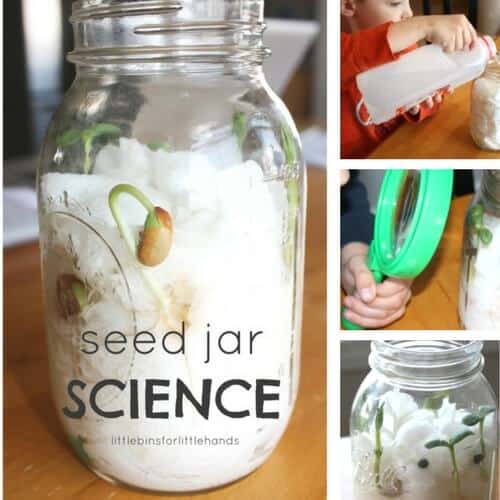
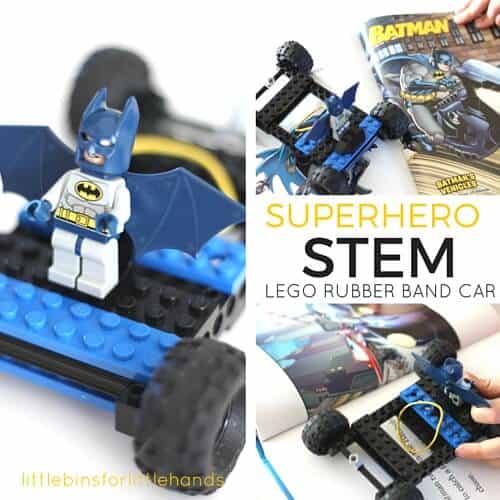

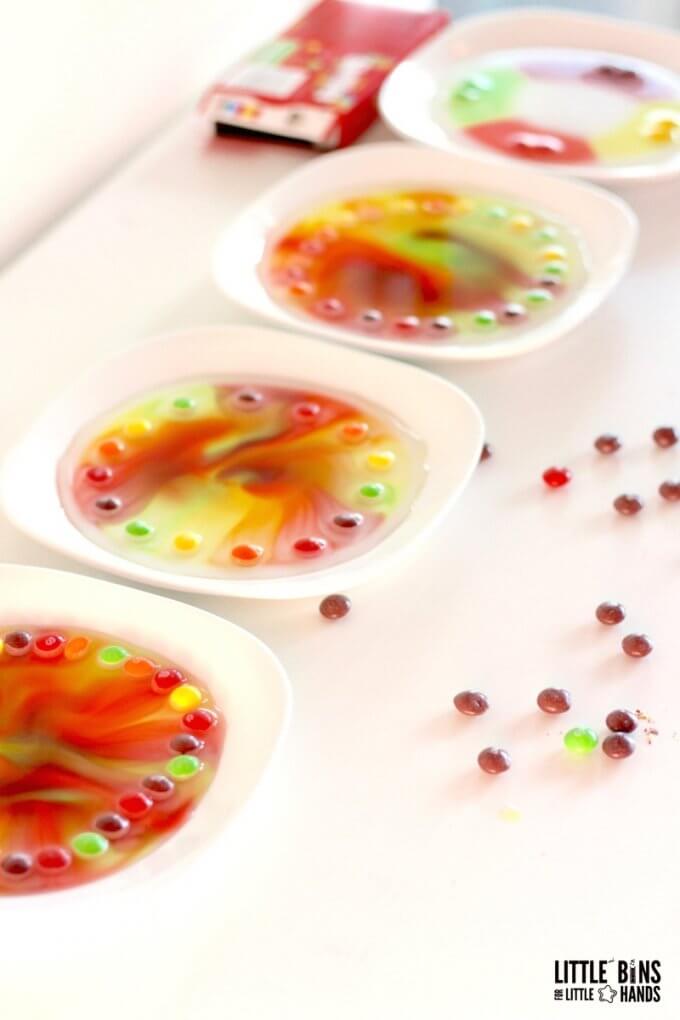
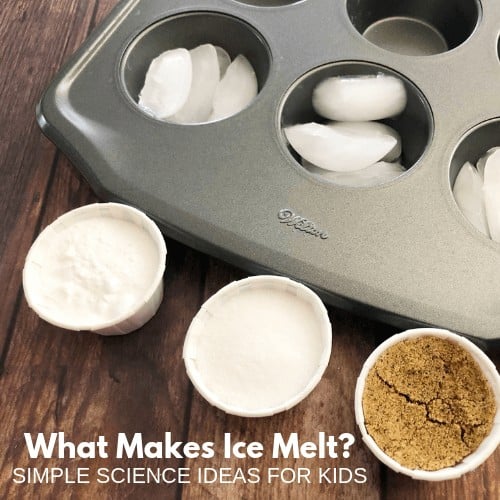
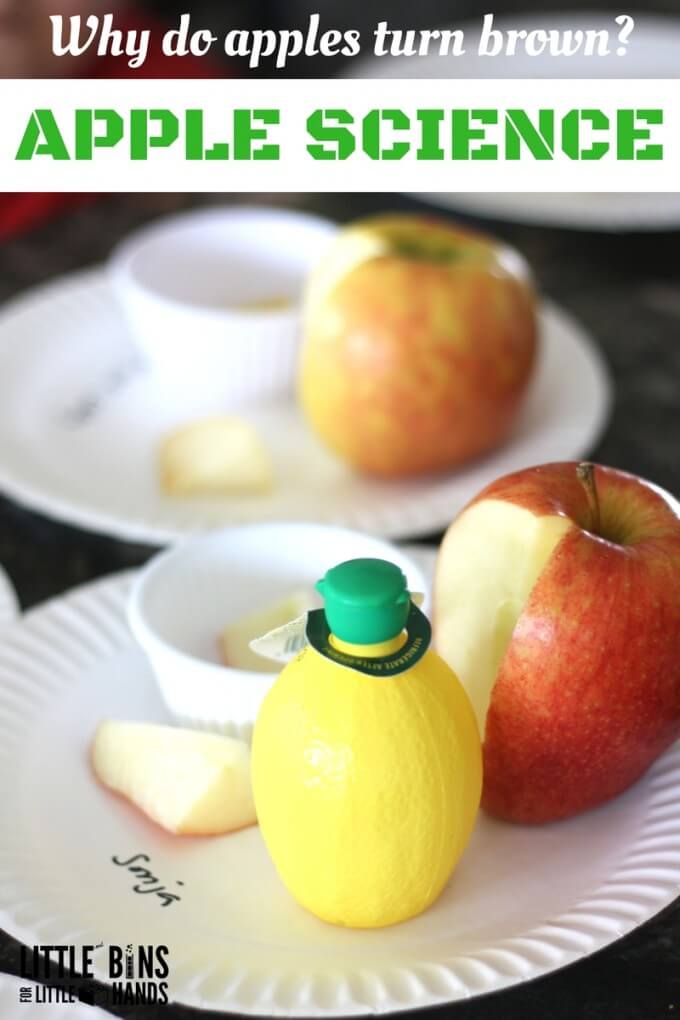
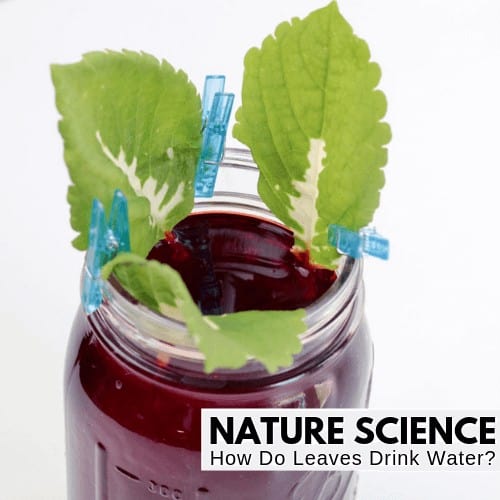

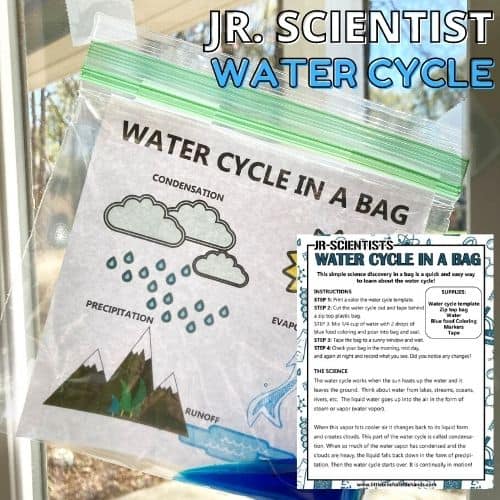
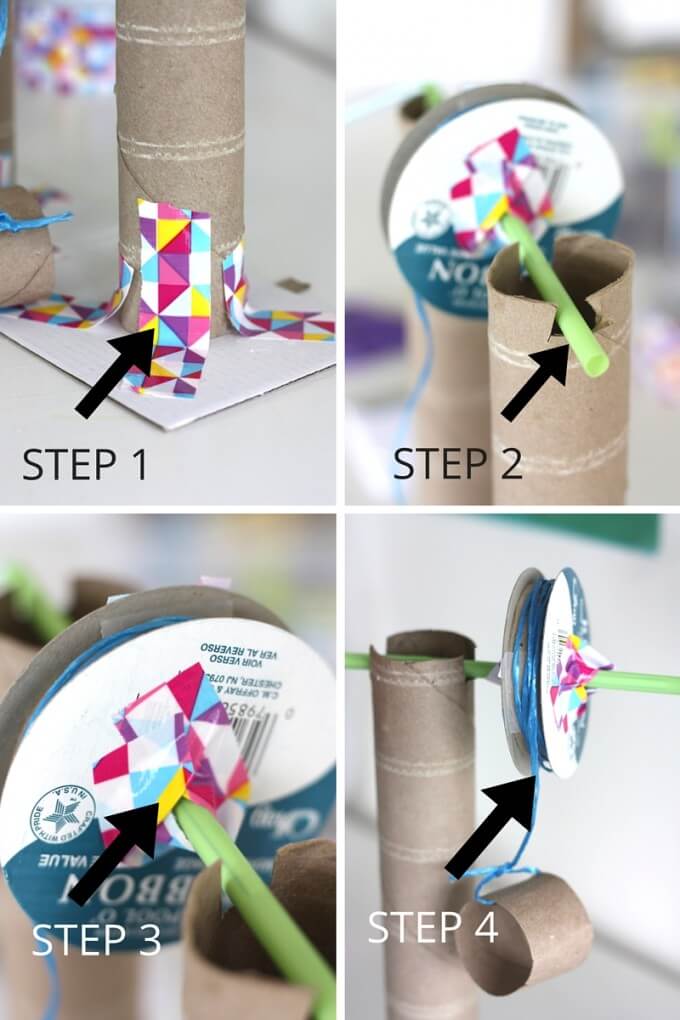








One Comment
Comments are closed.